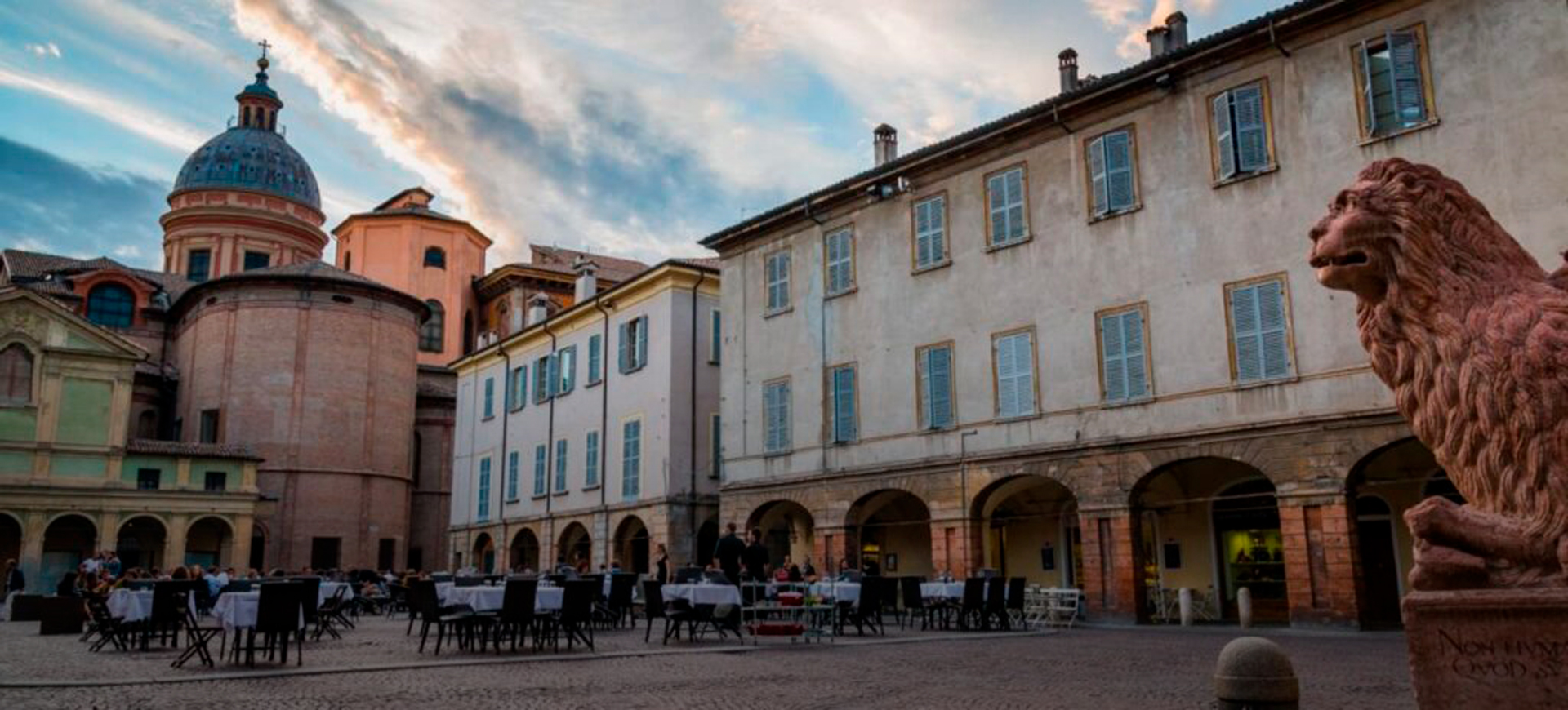
This itinerary proposes a first approach and initial exploration of the historic center of the city through a route that encompasses the most well-known and important cultural points of interest.
The historic center of Reggio Emilia, nestled along the eponymous Via Emilia, is enclosed within the hexagon of boulevards that echo the almond shape of its old walls.
As an art city, it preserves a strong cultural tradition and a significant historical-artistic heritage.
With a diverse and layered architectural character, the city intertwines Roman influences with symbols of the Middle Ages, Renaissance masterpieces with Baroque and Neoclassical monuments. This creates a formal image of great balance, rich in colors and atmospheres.
ITINERARY BY STAGES: Piazza Prampolini – Basilica of San Prospero – Piazza della Vittoria – Basilica della Madonna della Ghiara – Palazzo Magnani – Via Emilia
TRAVEL TIME: 30 minutes on foot (without breaks)
DISTANCE: 3 km
DIFFICULTY: easy
DETAILED ITINERARY AND BRIEF EXPLANATION:
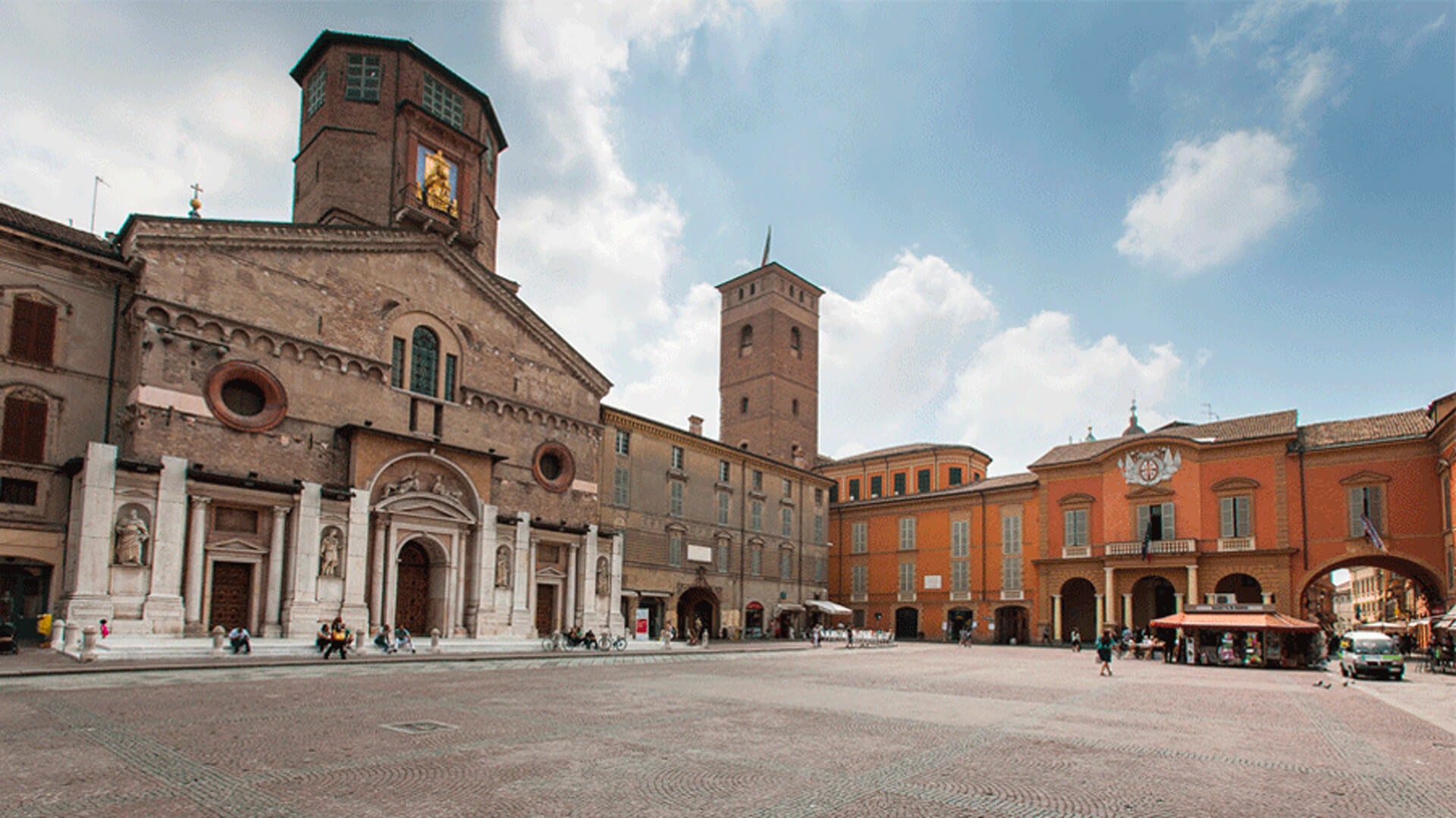
- PIAZZA PRAMPOLINI:
Main representative space of the city where the seats of civic, economic, and religious functions converge.
TOWN HALL AND TRICOLOR MUSEUM: Inside the Town Hall, in the Tricolor Room, on January 7, 1797, representatives from the cities of Ferrara, Bologna, Modena, and Reggio declared the Tricolor as the flag of the Cispadane Republic. In the Tricolor Museum, exhibits include testimonies and relics documenting the events of the Risorgimento until 1897. Historical documents and audiovisual tools facilitate the understanding of the exhibition and the significance of the flag as a symbol of national identity.
CATHEDRAL (DUOMO) AND BAPTISTERY: The dominant architecture of the square, of Romanesque origin, has undergone various modifications over the centuries and reopened to the public in 2010. Next to it is the Baptistry, and on the left column of the entrance is engraved the standard of the city’s linear measurements. This gives rise to the popular dialectal motto “S. Zvan fa veder l’ingan” (St. John reveals deceit), serving as an official reference in case of fraud.
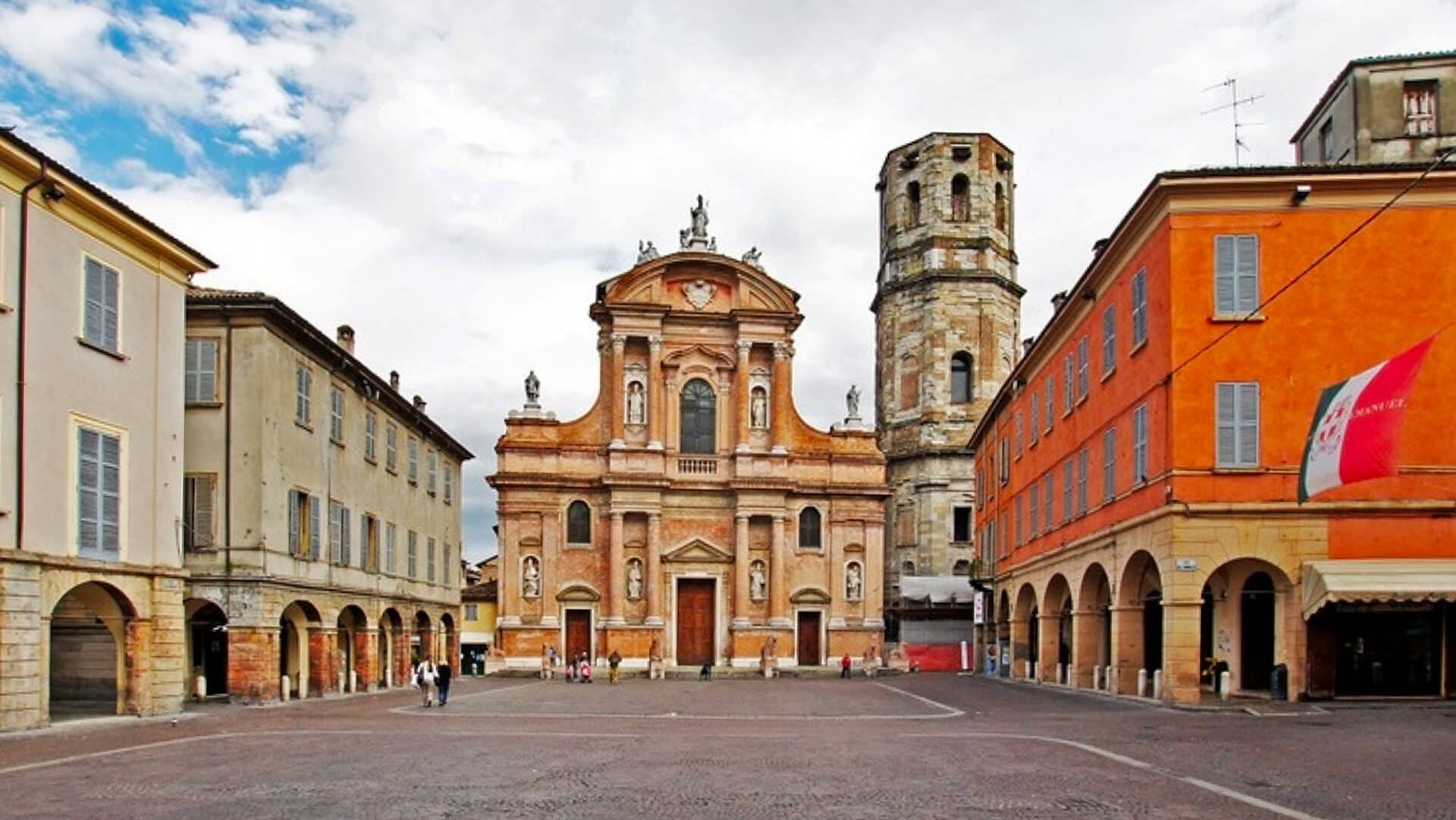
- PIAZZA SAN PROSPERO AND CHURCH OF SAN PROSPERO:
An ancient market square, it is a welcoming space entirely enclosed by neoclassical facades, lined with arcades hosting shops.
Dominating the view of the square is the Basilica of San Prospero, the patron saint of Reggio Emilia. In the 16th century, it underwent its first restoration, and the six lions in red Verona marble were placed at its main entrance.
The interior houses paintings by sixteenth-century artists, including Giovanni Giarola and Ludovico Caracci. There is also a copy of “The Night,” a regrettable masterpiece by Correggio, requisitioned at the time by the Duke of Modena.
- PIAZZA DELLA VITTORIA:
Piazza della Vittoria is the largest square in the city, recently restored. Together with the adjacent Piazza Martiri del VII Luglio, it forms a single large space for civic gathering and exchange, surrounded by some of the most important buildings, monuments, and museums in Reggio Emilia: Teatro Municipale Valli and Teatro Ariosto, Palazzo dei Musei, Galleria Parmeggiani, the Monument to the Resistance, and the one dedicated to the Fallen of the First World War.
On Tuesdays and Fridays, it also hosts part of the market stalls.
TEATRO VALLI:
In the leafy setting of the Public Gardens, the imposing neoclassical architecture of the Teatro Valli stands tall. Built between 1852 and 1857 by Cesare Costa, it is among the most beautiful and functional theaters in Europe, dedicated to the great Reggio-born actor Romolo Valli.
Noteworthy is the famous curtain by Alfonso Chierici, the bedside table by Giovanni Fontanesi, and the new curtain by Omar Galliani. The rich Hall of Mirrors is also prominent.
Of great importance is the National Foundation of Dance/Aterballetto, established in 1977 as the Ballet Company of the Theaters of Emilia Romagna. Today, it is a focal point for artistic creations aimed at a national and international audience, contributing to the dissemination of an increasingly relevant dance culture in our country.
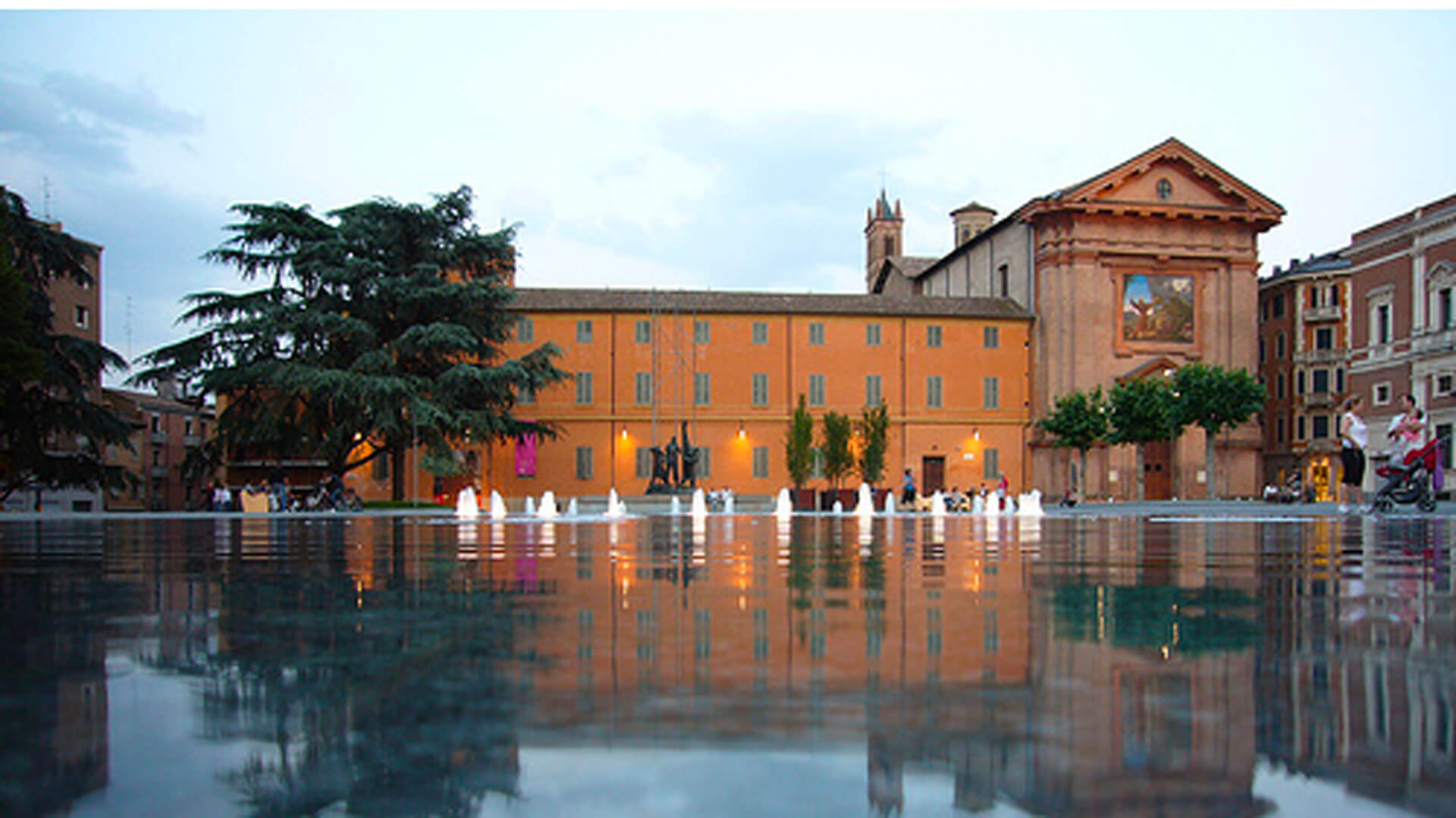
PALAZZO DEI MUSEI:
The oldest seat of the city’s museums, whose collections, initiated in 1799, belonged to the collections of the biologist and academic Lazzaro Spallanzani.
Significant historical collections and more recent acquisitions document the memory of nature, archaeology, art, the history of the city, and the provincial territory.
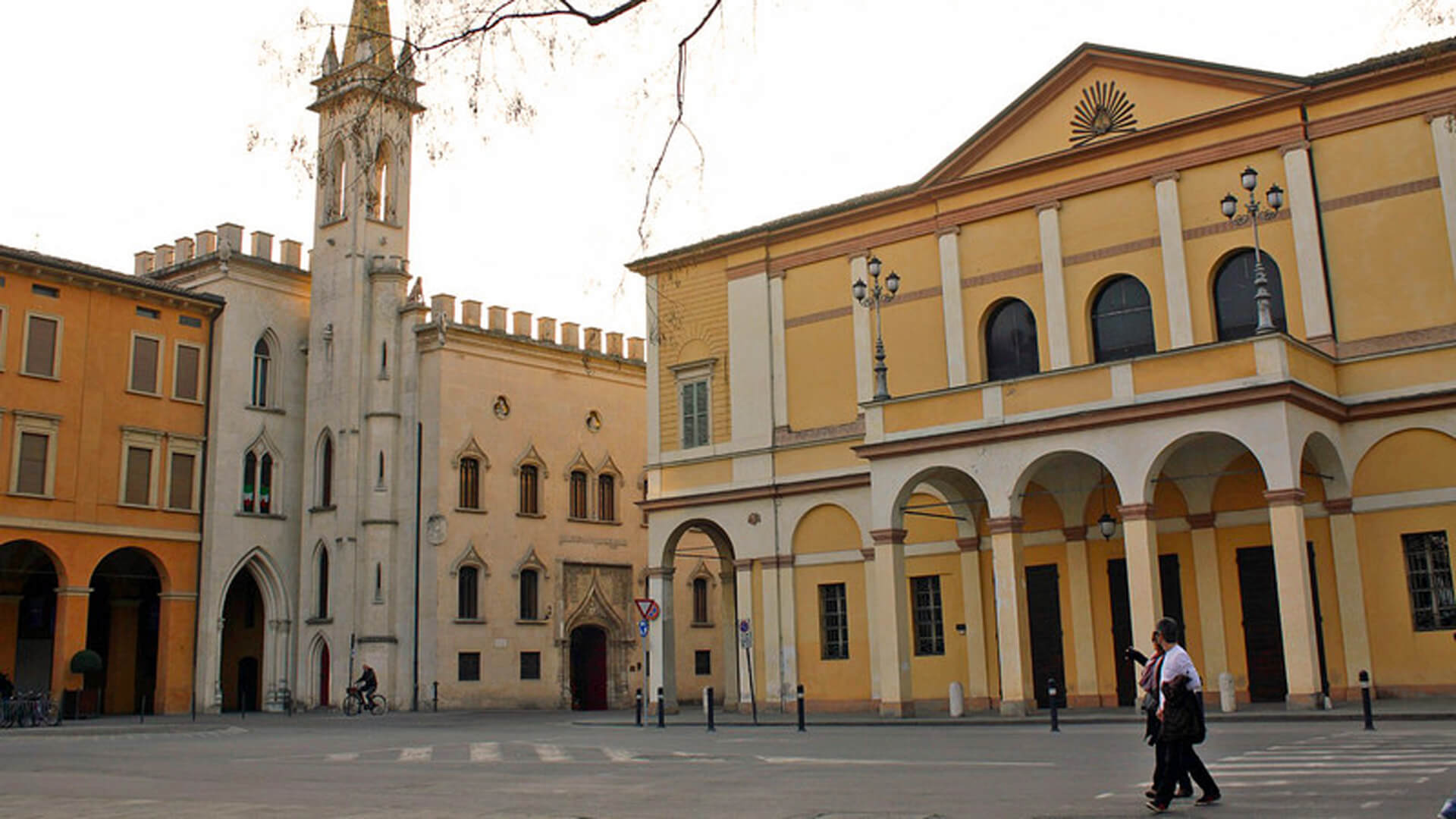
GALLERIA PARMEGGIANI:
Collections of furniture, paintings, and fabrics that belonged to three different collections of the eccentric figure Luigi Parmeggiani. The works are housed in the fascinating Gothic-Renaissance building constructed in the 1930s specifically to contain his art collection.
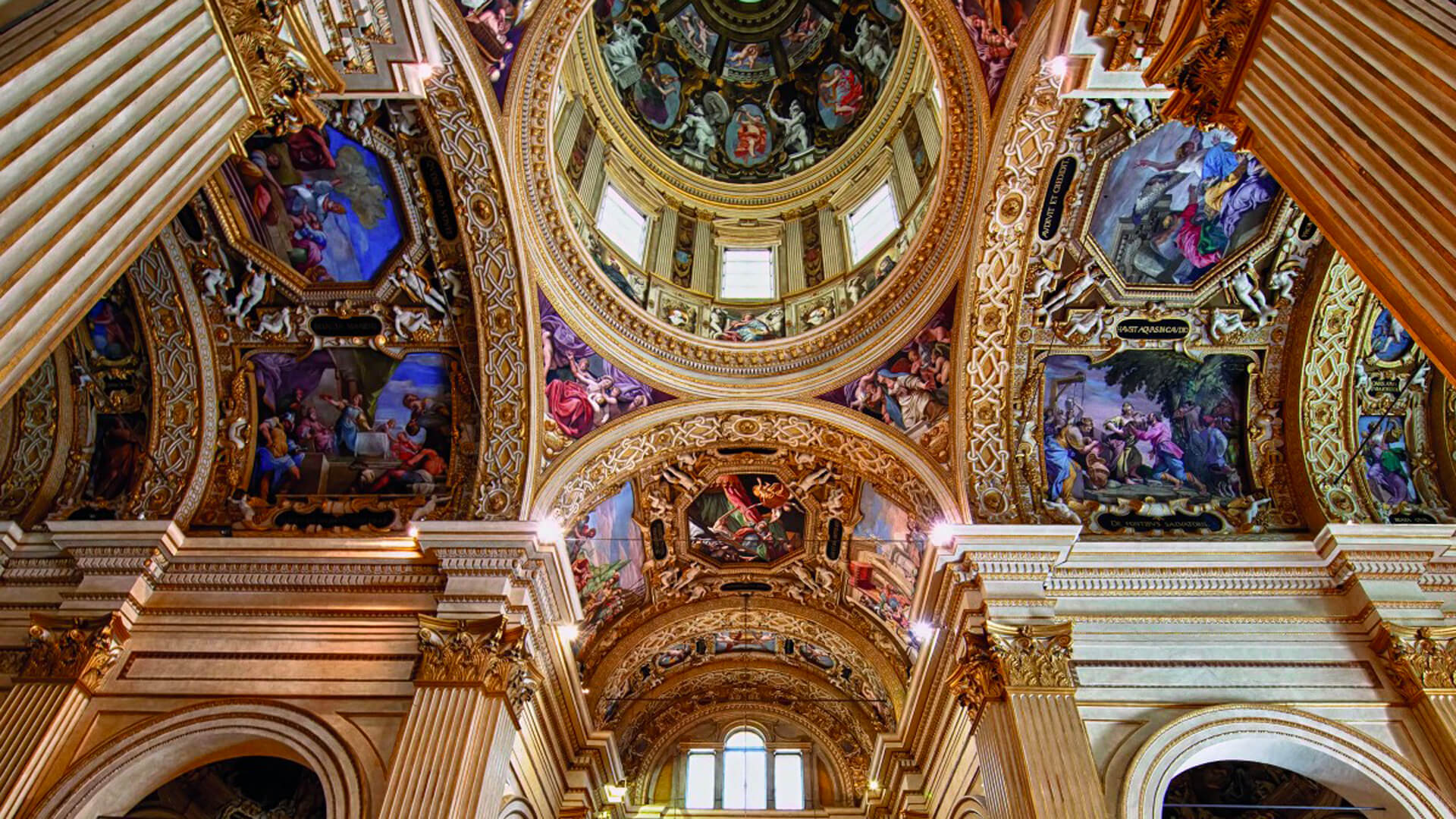
4) BASILICA DELLA MADONNA DELLA GHIARA:
The Basilica della Madonna della Ghiara overlooks Corso Garibaldi, where the Crostolo stream once flowed, characterized by extensive gravel deposits that give it its name.
Its construction is attributed to the miracle that occurred on April 29, 1596: a young boy, deaf and mute, gained speech and hearing while praying before an image of the Madonna painted by Bertone.
A distinctive feature of La Ghiara is the cycle of precious frescoes and altarpieces executed by the best artists of the Emilian 17th century: Ludovico Carracci, Gianfrancesco Barbieri (il Guercino), Lionello Spada, Alessandro Tiarini, Carlo Bonomi, and Luca Ferrari.
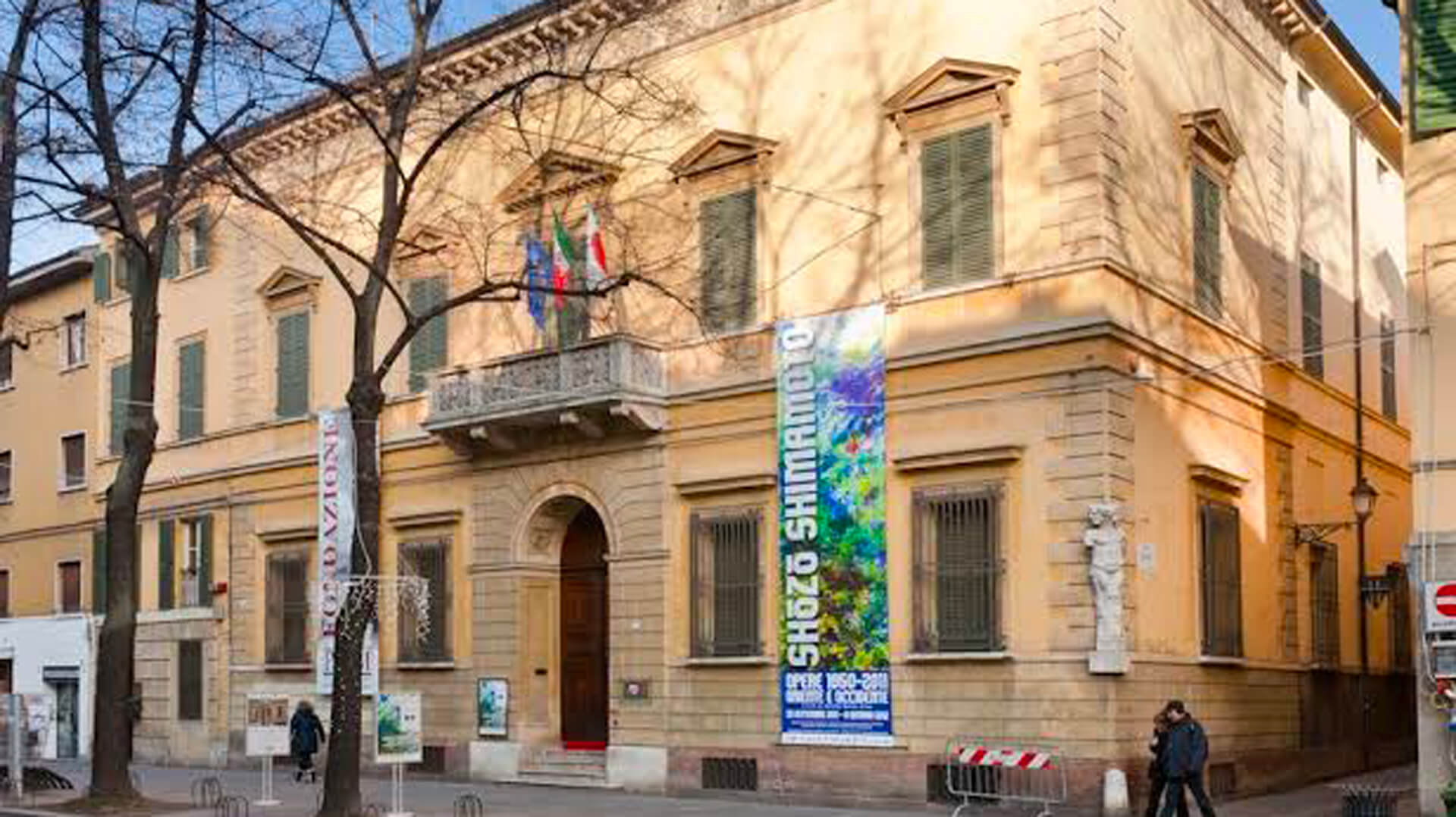
5) PALAZZO MAGNANI:
The 16th-century Becchi-Magnani Palace, with its neoclassical facade, houses cultural institutions of the Province and a prestigious exhibition venue.
The Palazzo Magnani Foundation promotes visual arts through exhibitions and cultural activities, emphasizing interdisciplinary dialogue, intercultural exchange, and interactions with various fields of knowledge, viewing exhibitions as cultural projects.
Continuing on Corso Garibaldi, a short distance ahead, you will encounter the newly restored Piazza Roversi, which, as part of the enhancement project of the Este Duchy heritage, has undergone a significant redevelopment intervention.
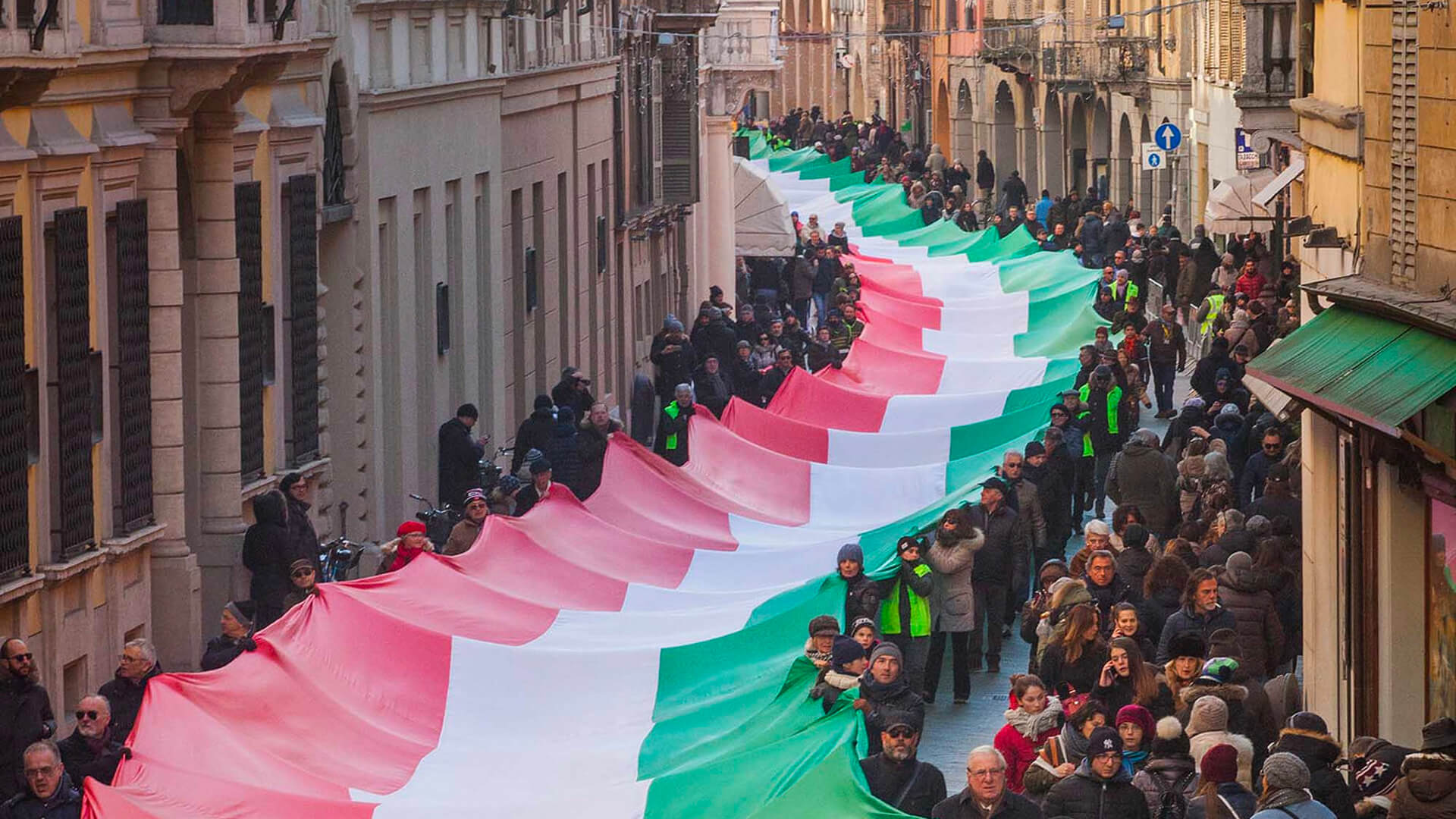
6) STROLL ALONG VIA EMILIA:
The Via Emilia, a representative road, is the city’s commercial heart and also its “parlor”: a grand showcase featuring churches, palaces, markets, and shops.
Starting from Via Emilia San Pietro, you can visit the recently restored Cloisters of San Pietro, where temporary exhibitions are set up, and guided tours are available. As you reach the opposite end, Via Emilia Santo Stefano, you will encounter the obelisk rising in the middle of a water feature in Piazza Gioberti.